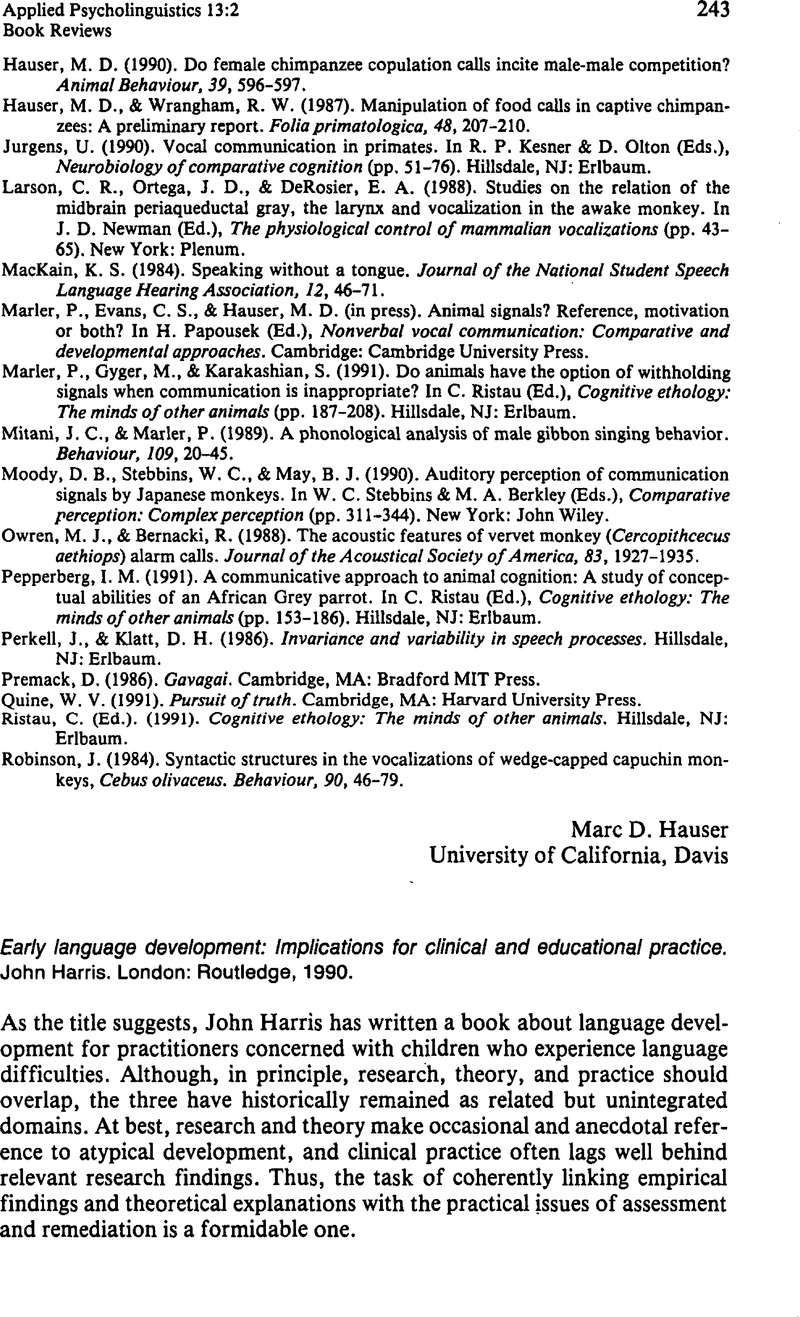Crossref Citations
This article has been cited by the following publications. This list is generated based on data provided by Crossref.
Nibun, Yukari
and
Wigglesworth, Gillian
2014.
Early pragmatic differentiation in Japanese and German: a case study of a developing trilingual child in Australia.
International Journal of Multilingualism,
Vol. 11,
Issue. 1,
p.
76.



